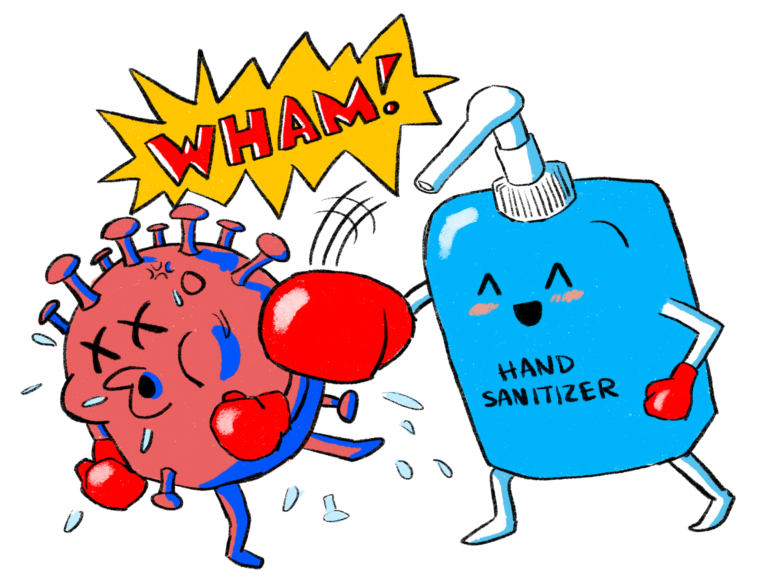

After over a year of closed campuses, lack of extracurriculars and limited social interaction, students and staff have returned to campus. Students who chose to return to campus for the remainder of the spring semester are required to undergo COVID-19 testing every three weeks and complete a screening form on the LiveSafe app every morning before arriving on campus. While only about half of the Aragon student body is on campus, the district plans to bring all students back in the fall, according to a memo sent on May 5. Although questionnaires and testing are basic measures already being used, the editors of The Outlook believe that the District needs to improve its mitigation techniques by implementing stricter health screening and sanitary procedures.
Since the return to in-person learning on March 29, the Aragon community has been informed of four positive COVID-19 cases from the SMUHSD. Aragon currently offers the Curative SARS-Cov-2 test, which collects an oral fluid specimen to detect the presence of viral RNA. On Jan. 4, the Food and Drug Administration advised that these tests be reaffirmed with another test because of a risk of false negative results. With infrequent and potentially inaccurate testing, Aragon runs the risk of inaccurate test results that give the community a false sense of health security.
Furthermore, students on campus who are not part of athletics or extracurricular activities have only been required to be tested twice: once before spring break and once again the week of April 26. In allowing students back on campus after spring break, including those who traveled, and not mandating testing until three weeks after, Aragon compromised student and staff safety. According to the World Health Organization Director Tedros Adhanom Ghebreyeus, recovery from COVID-19 can take an average of two to six weeks, which is enough time for infected people to spread the virus to other people and return to a healthy state before the next testing cycle.
While LiveSafe provides some degree of screening, the questionnaire depends completely on students’ answers to questions without the ability to confirm that students are being truthful in their responses and is therefore not completely reliable. For those in athletics or extracurricular activities, answering truthfully could mean not participating in something they have missed out on for a year or letting down a team. Administrators should emphasize the importance of genuine responses to protect those on campus, so students realize answering truthfully won’t become a punishment.
The Centers for Disease Control and Prevention suggest that temperature checks should be added to daily health screenings and that those with a temperature of 100.4 degrees Fahrenheit or higher should not be allowed to attend work or be on campus that day. Although temperature checks are not 100% effective in testing for COVID-19, especially if one is asymptomatic, they are still a beneficial measure when paired with the LiveSafe questionnaire.
Apart from temperature checks, students should be required to to apply hand sanitizer before entering each classroom. The addition of hand washing sinks in the hallway would also give students and staff more opportunities to ensure the cleanliness of surfaces that they come into contact with.
According to the American Academy of Pediatrics, children accounted for 22.4% of new COVID-19 cases in the U.S. in the last week of April, compared to merely 3% last year. The district should continue to promote availability for the vaccines and give community members frequent opportunities to receive vaccines. Although not all community members will choose to receive the vaccine, stronger testing and screening procedures must be in place. Furthermore, the theory of “herd immunity” — the idea that communities will eventually develop resistance to the virus due to previous infection or vaccination — is improbable in light of those who do wish to get vaccinated.
The extent of COVID-19 testing and precautions will depend on the state of the pandemic next school year and the percentage of the community that is vaccinated. Those who can provide proof of vaccination should not have to go through the same vigorous precautionary procedures that unvaccinated students require.
The editors of The Outlook believe that health screening and testing reforms will create a healthier environment for the school community. Students deserve to feel safe every day on campus and should not have to constantly worry about endangering themselves or others by going to school, especially when the only other option for next year is enrolling in completely asynchronous classes. With temperature checks, more frequent and reliable COVID-19 testing and the increased promotion of vaccines, Aragon can work towards fostering a healthy learning environment.



